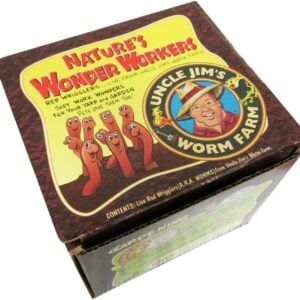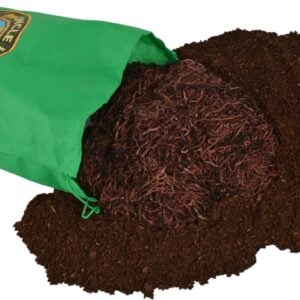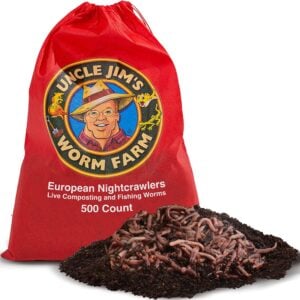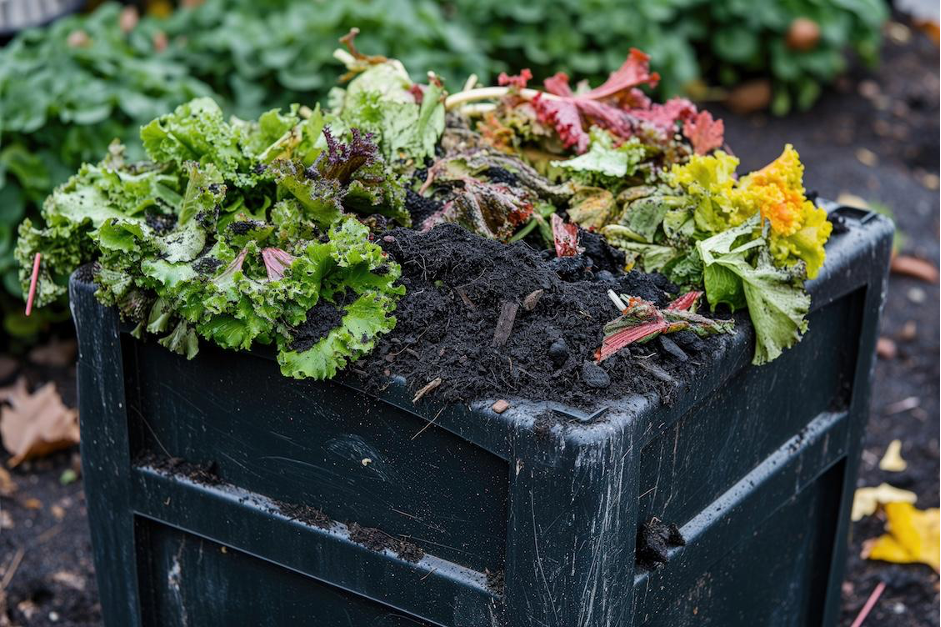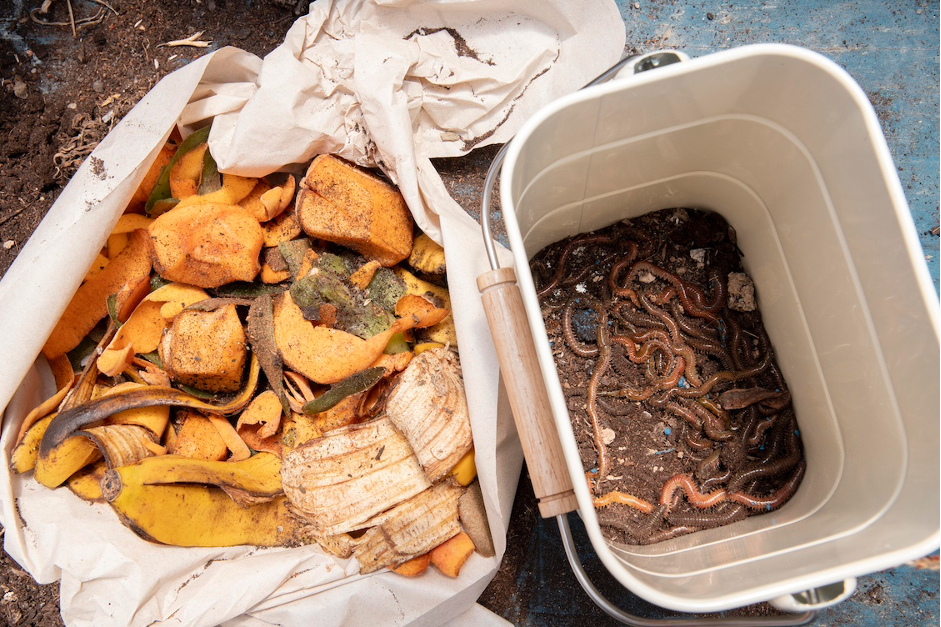
People who compost their kitchen scraps need a compost pail. The compost pail stores organic material for a few days. When some scraps have accumulated, just dump the fruit and vegetable trimmings and wasted produce into the compost bin. Which compost pails are the best? What are the pros and cons of each type of compost pail? Where should you put the pail? How much care does the pail need, and how long might it last?
Qualities of the Best Compost Pails
You could just let kitchen scraps pile up in a mixing bowl. However, after a few hours, the organic material will start to have an odor. Flies might move in. Uncovered scraps may attract other unwanted insects. You would have to empty this type of compost pail into the larger compost bin after each meal. That is too inefficient for most householders.
The best compost pails are:
- made of a durable material that’s easy to rinse out or wash
- material is not prone to taking on unpleasant odors
- allows air flow
- resists insect invasions
- has a minimal footprint, or can be hung on a cupboard or wall
- is easy to handle
Types of Materials
Compost pails are usually made from ceramic, plastic, or stainless steel. Some have washable plastic liners.



Reduce Odor with Air Flow
The best compost pails allow air to flow. This helps reduce odors. Anaerobic bacteria are malodorous. This type of bacteria grows in low-oxygen environments.Will your pail sit on the countertop at room temperature? Bacteria love that! A warm, low-oxygen environment is perfect. Therefore, your countertop pail should have ventilation holes. Most pails designed for composting have holes on the lid or near the top.
Ideally, the holes should be covered by a replaceable carbon filter. The filter absorbs odors while letting air through. The filter may need to be replaced every 3-6 months, depending on usage.
Reduce Odor with Temperature

Some households prefer to put the compost pail in the refrigerator or freezer. Benefits include:
- inaccessible to insects
- reduces or eliminates odors
- infrequent cooks aren’t pressured to empty the pail often
- no worrying about neglected, rotting scraps
The main downside is that the pail is harder to access. Thus, pulling the pail out of the cold appliance is the first step when preparing food.
Also, scraps on the countertop get a head start on breaking down. They will take less time to break down in the compost bin. If you are composting with worms, scraps break down quickly anyway. Worms that get over-heated in their outdoor worm bin will appreciate some cool organic waste!
Right-Size Your Compost Pail

Choose a composting pail that fits the space. Countertop pails typically have a small footprint and stand tall. Often, they have a handle for easy carrying. These will need a carbon filter and air holes. Keep kitchen ascetics in mind. Choose a neutral color or material that enhances your kitchen’s appeal.
Refrigerator or freezer pails are best sealed. Due to lack of vertical space, these pails might be a sealed plastic bin. They should be small enough to fit in the freezer or fridge easily. They do not need air holes.
If you produce a lot of scraps, you may need a bigger pail. Alternatively, you can empty it more often.
If you are juicing or making large amounts of food, you may generate several pounds of scraps all at once. Thus, you can collect the scraps in a large bowl and dump them in the composting bin right away. Or, save some to avoid overwhelming the worm bin with too much food at once. See How Much to Feed Composting Worms.
Summary
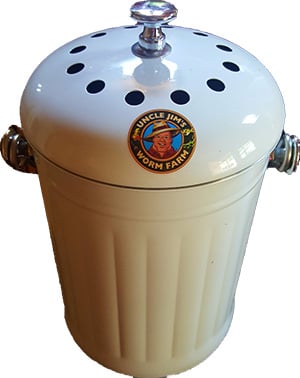
You can save trips to the compost bin by accumulating scraps in a pail. Find one that fits the space, is easy to clean, and resists odors. Uncle Jim’s Worm Farm offers a selection of compost pails, made from ceramic, metal, or plastic. Check out our compost pails.
Uncle Jim’s Worm Farm is the #1 supplier of composting worms in the United States. Check out our live worms and composters!


